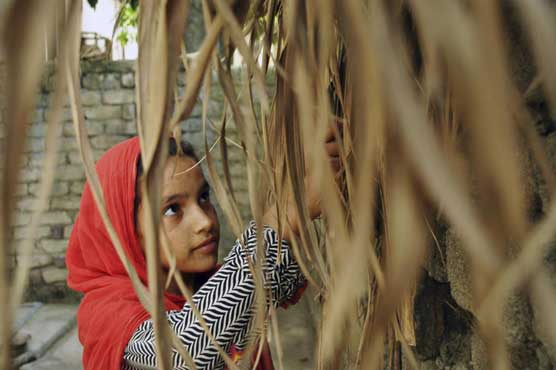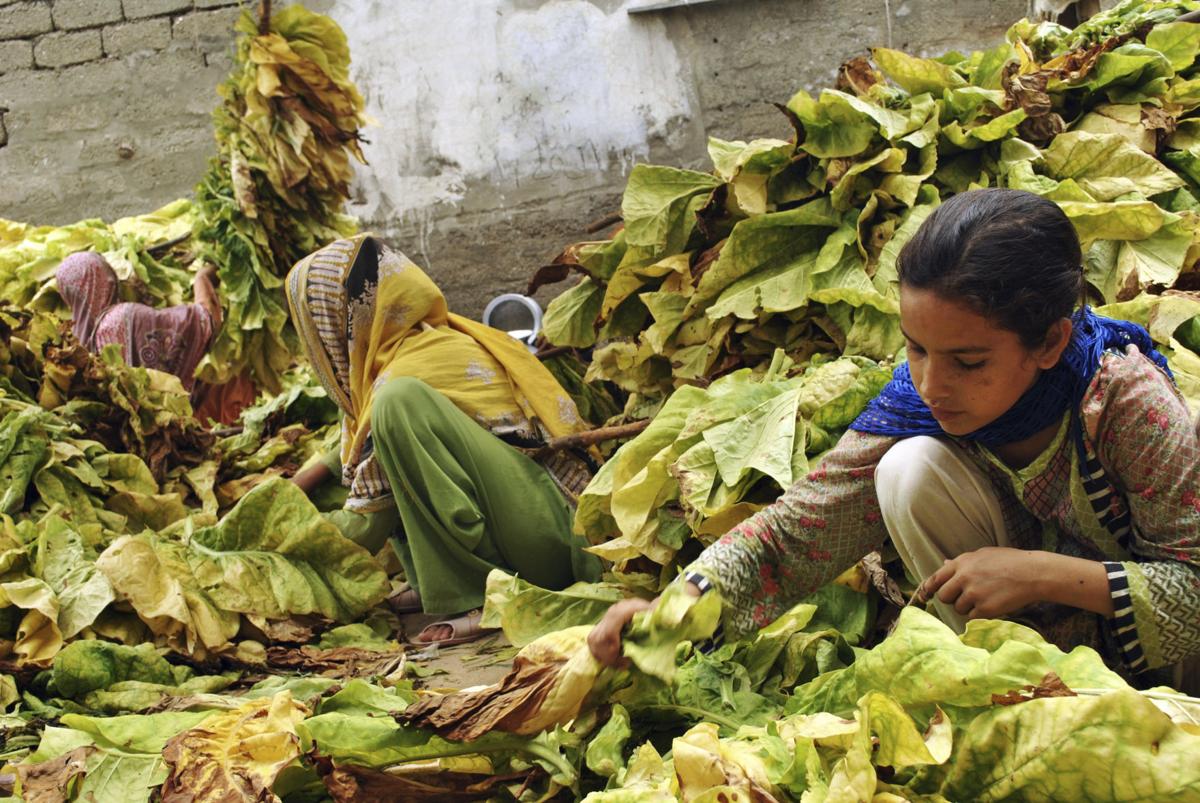Pakistan has its own girl heroes; after Malala meet Ansa, the gutsy girl

Ansa�s village of Toru and she is often forced to study by flashlight.
TORU, Pakistan (AP) — She’s just 10 years old, but Pakistani girl Ansa Khan’s day is a hectic one.
At the first hint of dawn, she is up saying her morning prayers before reading her Holy Quran. Those are Ansa’s quietest moments. After that, her day is a whirl of chores, school, studying and the occasional moments stolen away to play marbles.

She is up saying her morning prayers before reading her Quran. Photo: AP
Since 2012, the United Nations has reserved Oct. 11 as the International Day of the Girl Child "to recognize girls’ rights and the unique challenges girls face around the world." This year the theme is employable skills for girls, particularly in poorer economies.
Early marriage is often the first option for girls in many of the world’s poorest countries and Pakistan is no different. According to the global organization Girls Are Not Brides, 1.9 million girls in Pakistan were married before the age of 18. India topped the list with 15.5 million girls married.
Poverty and patriarchy are the oft-cited reasons for child brides.
But Pakistan also has its girl heroes, most notably the youngest Nobel Laureate, Malala Yousufzai, who was shot by Taliban insurgents at just 13 years old for speaking out in favor of girls’ education.
Also Read: Malala Day: World celebrates fearless and determined Malala Yousufzai

Youngest Nobel Laureate, Malala Yousufzai, who was shot by Taliban insurgents at just 13 years old for speaking out in favor of girls’ education. Photo: File
Yousufzai survived and made educating all girls everywhere her goal. She was only slightly older than Ansa when she first blogged for the BBC advocating education for girls, even as the Taliban burned girls’ schools and threatened harsh punishments for those who would send their girls to school.
According to the global organization Girls Are Not Brides, 1.9 million girls in Pakistan were married before the age of 18. India topped the list with 15.5 million girls married. Poverty and patriarchy are the oft-cited reasons for child brides.
Like Yousufzai, Ansa is from Pakistan’s conservative Khyber Pukhtunkhwa Province, which borders neighboring Afghanistan.
Also Read: World observes International Day of the Girl Child
Also, like Yousufzai, Ansa enjoys school, saying her favorite subject is Islamic religious studies. Electricity is not always reliable in Ansa’s village of Toru and she is often forced to study by flashlight.
— UNICEF (@UNICEF) October 11, 2018

Ansa often helps his father on the land he farms for a large landowner in the area. Photo: AP
Ansa’s father, Tajbar Khan, said his young daughter often helps him on the land he farms for a large landowner in the area. She runs to help feed the cattle and spends hours with her mother making the dung or manure collected from the animals into large round cakes that are dried out and later used for cooking.
The farm produces tobacco, a major crop in the province. While her father and older brother harvest and shred the leaves from the tobacco plants, Ansa, her older sister and mother sew the leaves together to be dried.

This year’s U.N. statement about girl child day calls for a focus on gaining skills.
"Of the 1 billion young people - including 600 million adolescent girls - that will enter the workforce in the next decade, more than 90 per cent of those living in developing countries will work in the informal sector - jobs that are not regulated or protected - where low or no pay, abuse and exploitation are common," the statement says.
— United Nations (@UN) October 11, 2018
"The most disadvantaged girls — including those in rural areas and those with disabilities — have even less access to decent work."



